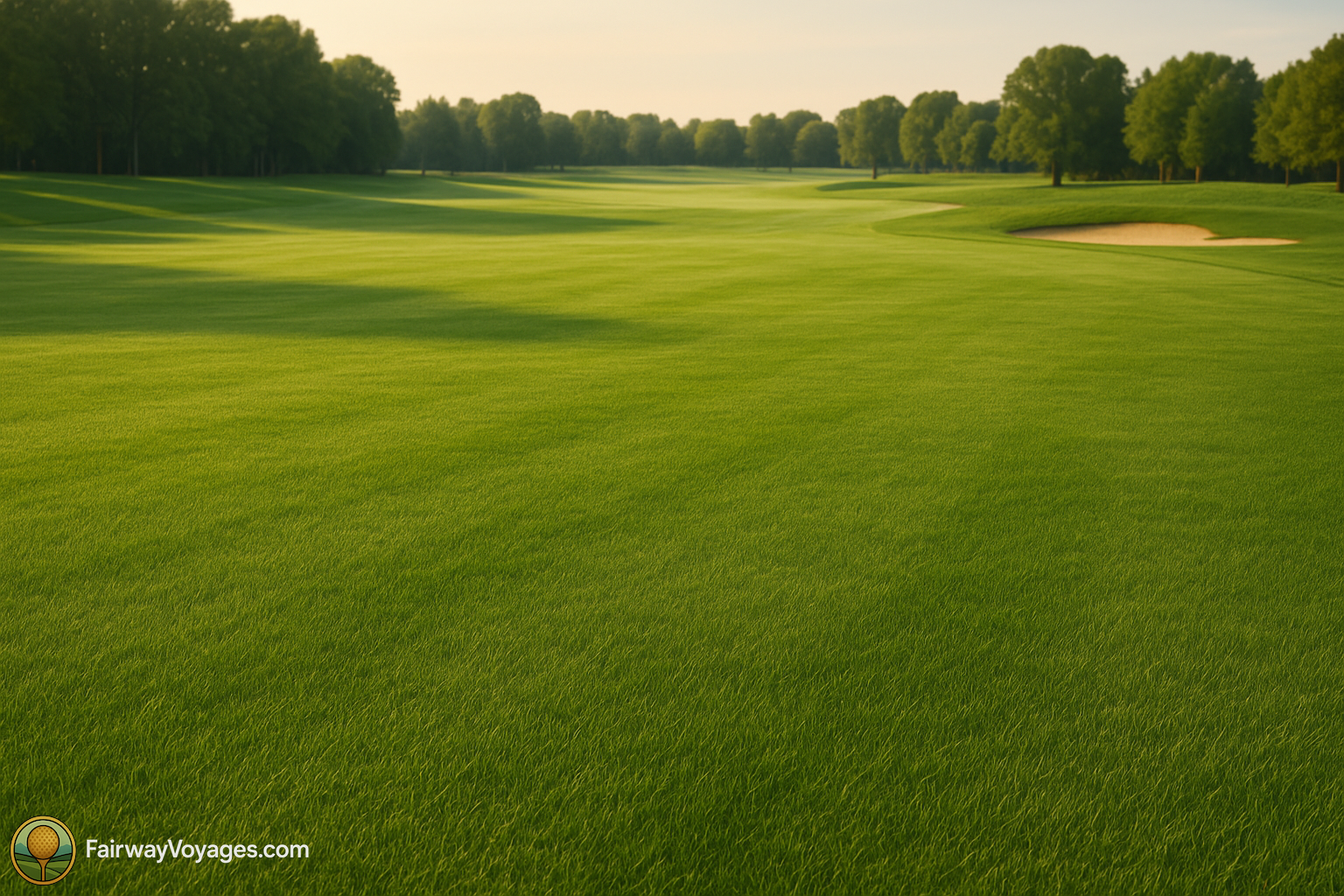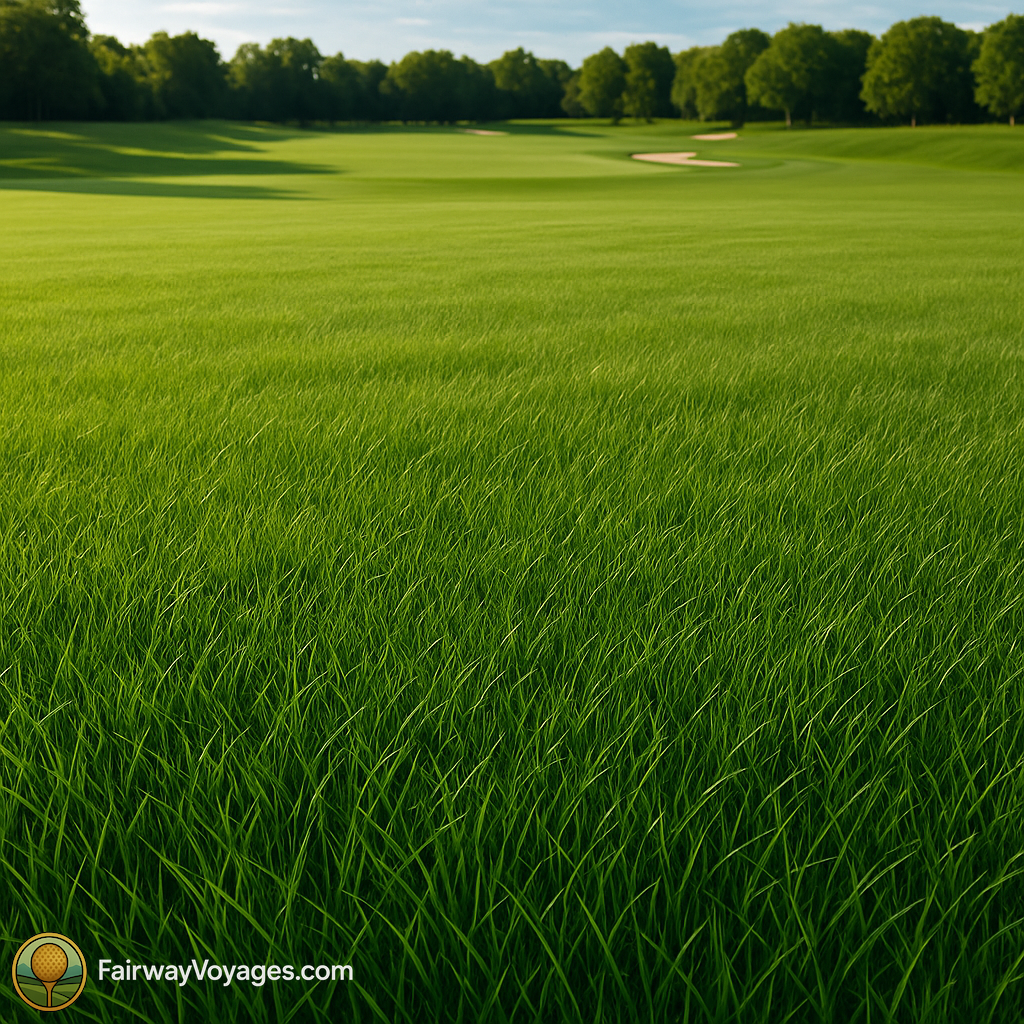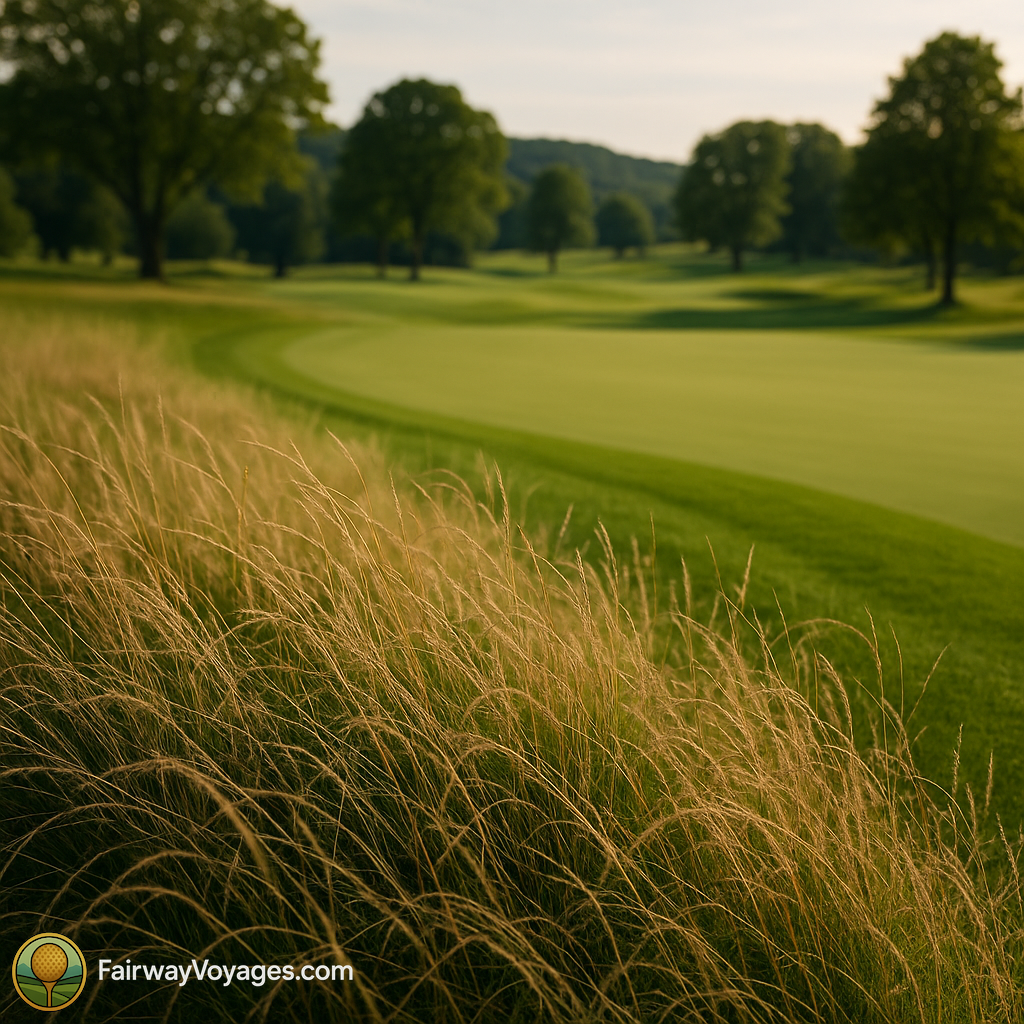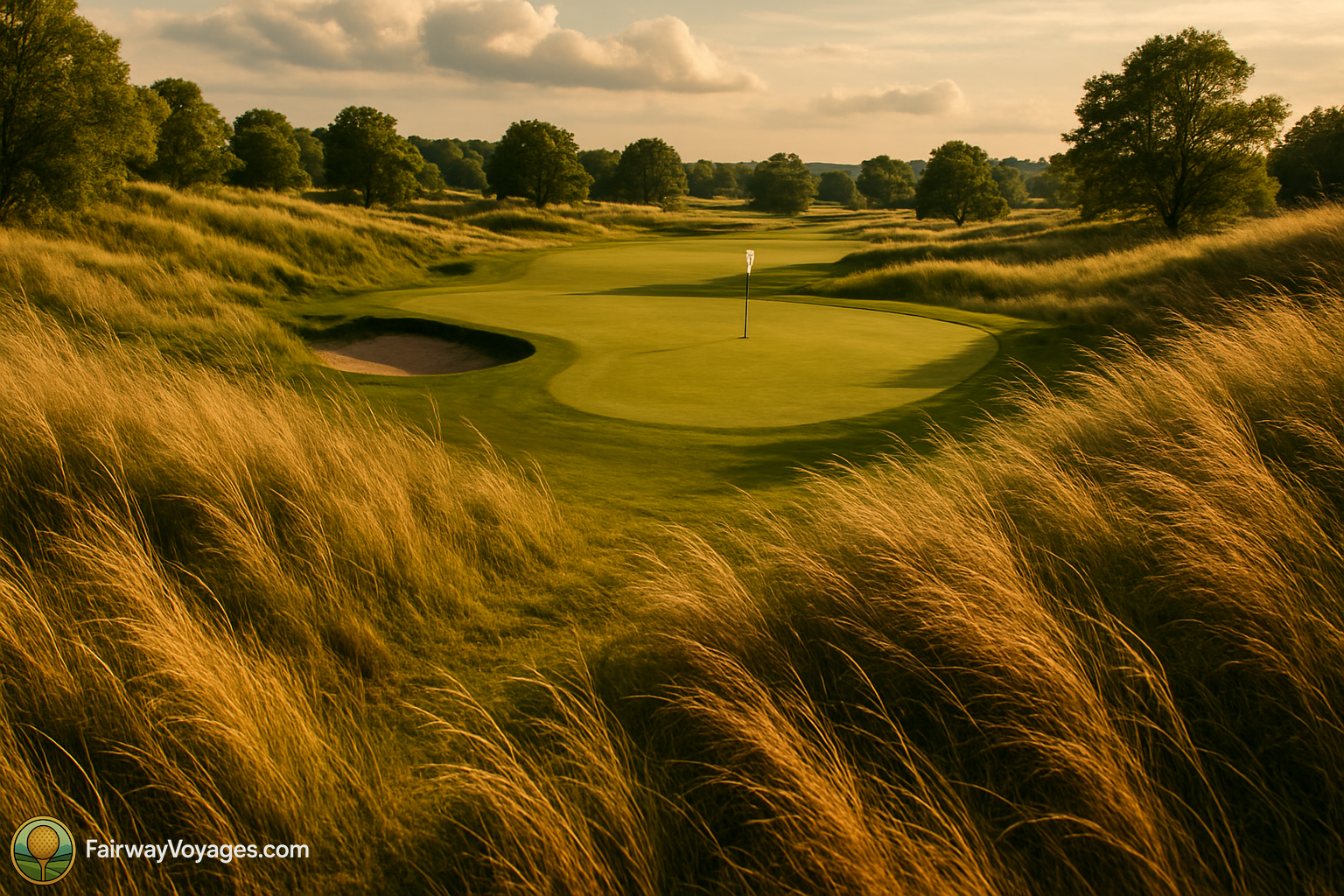Fescue Grass and Its Role in Golf Course Design and Maintenance
Fescue is a term used to describe a group of grasses within the genus *Festuca*, known for their fine texture, hardiness, and adaptability to various climates. These grasses are commonly found in temperate regions and are frequently used in golf course construction and maintenance, particularly in rough and naturalized areas. The species most often utilized include hard fescue (*Festuca trachyphylla*), chewings fescue (*Festuca rubra subsp. commutata*), and creeping red fescue (*Festuca rubra*). Each of these types offers unique benefits that make them especially suited for different zones of a golf course.
Golf course architects and superintendents favor fescue for its aesthetic value and low maintenance requirements. Fescue can thrive in poor soils and requires significantly less water and fertilizer than other turfgrass species such as bentgrass or Kentucky bluegrass. This makes it an ideal choice for environmentally conscious golf course designs aiming to reduce chemical inputs and irrigation. The wispy, unmanicured appearance of fescue also aligns with the visual and strategic goals of traditional links-style golf courses, particularly in regions like Scotland and Ireland where the game originated.
Preferred Growing Conditions and Regional Suitability
Fescue performs best in cool-season climates, where temperatures remain moderate and rainfall is relatively consistent. It is particularly well-suited to coastal areas with sandy soils and can tolerate periods of drought due to its deep root system. In the United States, fescue is commonly used on courses in the Northeast, Pacific Northwest, and upper Midwest. However, it may struggle in the hot and humid conditions of the Southeast unless carefully managed. Its ability to withstand low fertility soils and resist common turf diseases further contributes to its popularity in low-input areas of golf courses.
The natural growth pattern of fescue makes it ideal for areas that are not frequently mowed. It grows in tufts or clumps, and while it can provide a firm playing surface in fairways if maintained closely, it is most often seen in the rough, out-of-play areas, or as part of native grassland restoration efforts. When left uncut, fescue develops a golden, flowing texture that enhances the visual contrast of the course and adds a challenging element for golfers. This tall, unmanaged form is often referred to as “blowout fescue,” and is integral to the naturalistic aesthetic prized in many modern course renovations.

Role in Sustainable Golf Course Management

Water Conservation and Chemical Reduction
One of the primary reasons fescue is favored in contemporary course design is its contribution to sustainability. Compared to high-maintenance turfgrass varieties, fescue requires considerably less irrigation. Its deep rooting system allows it to access water well below the surface, reducing the need for frequent watering. This characteristic is particularly valuable in regions facing water scarcity or under strict regulatory constraints. By selecting fescue for large out-of-play areas, superintendents can lower water usage and associated costs without compromising course quality or aesthetics.
In addition to water savings, fescue requires fewer inputs in terms of fertilizers and pesticides. It is more tolerant of low nitrogen levels than many other turf species and exhibits a natural resistance to several turf diseases. This helps reduce the overall chemical footprint of a golf course, aligning with best management practices promoted by environmental organizations such as the Audubon Cooperative Sanctuary Program. Many courses pursuing certification or environmental awards incorporate fescue areas as part of their stewardship plans.
Integration with Native Habitat and Biodiversity
Another significant ecological benefit of fescue use is its compatibility with native habitat restoration. Unmowed fescue areas serve as valuable refuges for pollinators, birds, and other wildlife. These zones support biodiversity while contributing to the strategic challenge of the game, often replacing traditionally manicured roughs that provide little ecological value. The incorporation of fescue in out-of-play zones allows courses to present a more natural, authentic appearance that reflects the local landscape.
Courses in the United Kingdom, particularly those along coastal regions, have long utilized native fescue as part of their links tradition. This practice has inspired golf course restorations and new builds in North America to emphasize native grasses over imported, high-maintenance species. In many such projects, fescue seeding is done intentionally as part of a broader plan to reintroduce native grassland ecosystems, reduce mowing frequency, and support sustainable land use practices.

Challenges and Considerations in Fescue Management

Despite its many advantages, fescue does present certain challenges for turf managers. One of the most significant is its poor tolerance to heavy traffic and close mowing. Unlike bentgrass or perennial ryegrass, fescue cannot withstand frequent foot traffic or cart paths without showing signs of wear. As such, it is rarely used for greens or tee boxes and is only selectively used in fairways. Its optimal use is in roughs, secondary cuts, or out-of-play areas where traffic is minimal and mowing is infrequent.
Establishing fescue from seed can also be slow compared to other turfgrasses, especially in colder or dryer conditions. Patience and proper soil preparation are essential for successful establishment. Furthermore, because fescue thrives under low-input regimes, overwatering or over-fertilizing can actually harm the plant by promoting disease and encouraging the growth of unwanted grasses or weeds. Golf course superintendents must carefully balance their maintenance practices to support fescue's natural resilience without inadvertently disrupting its growth habits.
Weed control in fescue areas can also be a concern, as these zones are often managed with limited chemical intervention. Non-selective herbicides may damage desirable turf, and physical removal is labor-intensive. However, with proper timing and seeding density, fescue can form dense stands that crowd out many potential invaders, reducing the need for intervention over time. For this reason, many facilities see the initial establishment of fescue as an investment in long-term savings and course character.
Fescue in Tournament and High-Profile Course Settings
Fescue has become a symbol of authenticity and challenge in championship golf settings. Notably, several U.S. Open venues—including Shinnecock Hills, Chambers Bay, and Erin Hills—have incorporated large areas of fescue to echo the playing conditions of traditional British and Irish links courses. The unpredictable lies, strategic angles, and visual intimidation that fescue provides make it a favorite among designers looking to test the world's best golfers.
However, these dramatic fescue areas can also generate controversy when players perceive them as overly penal or unplayable. Course set-up must consider playability and fairness, particularly under tournament conditions. In some cases, maintenance crews are instructed to trim or thin fescue areas in the days leading up to competition. Nonetheless, the presence of fescue remains a hallmark of courses aiming to provide a stern but fair test, along with a connection to golf's historical roots.
In conclusion, fescue plays an important and multifaceted role in golf course ecology, strategy, and aesthetics. Its use supports sustainability initiatives, enhances biodiversity, and reinforces the visual identity of traditional and modern golf courses alike. With proper management and thoughtful design, fescue continues to shape the future of environmentally responsible golf course development around the world.

